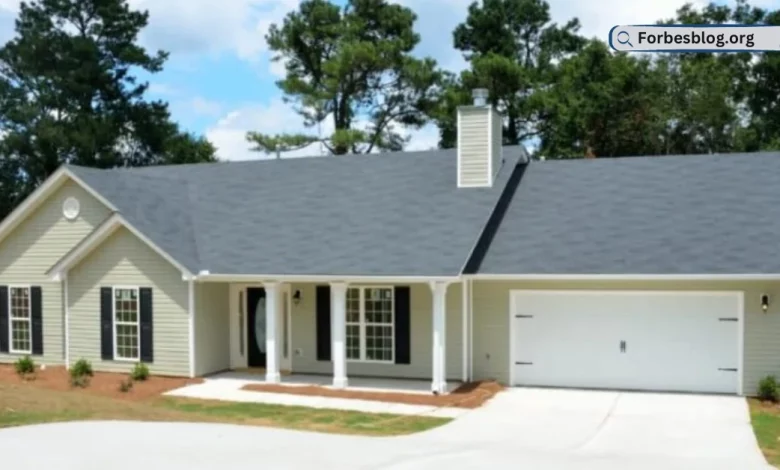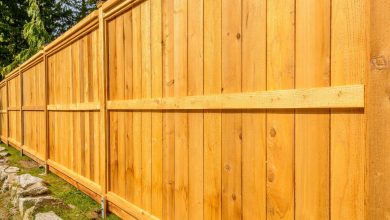4 Things You Need To Know About Turning Your Rental Property into Your Main Residence

As a property owner, you may have decided to rent out your first property to generate some income from it instead of living in it yourself. Or you may have opted for a rentvesting strategy. However, now you’re dabbling with the idea of actually moving into the property and perhaps venturing into new investments.
While it is entirely possible to have your rental property become your main residence, there are quite a few tax consequences that you may want to consider before making the move.
So, here are a few things you need to know.
-
Table of Contents
You Need To Inform the Australian Taxation Office
Whether you’re considering turning your investment property into your primary place of residence to save on costs or whether you have decided to favour another strategy over a rentvesting strategy, you will need to inform the Australian Tax Office (ATO) that you no longer intend to generate income from your property.
This means that you will no longer be allowed to claim rental property tax deductions.
-
You Can’t Claim Rental Property Tax Deductions
As we mentioned earlier, you have to inform the ATO that you will no longer be generating income from the property because you can no longer claim rental property tax deductions. This is because you aren’t allowed to claim tax deductions from expenses you incur from managing your own home.
These deductions include:
- depreciation,
- interest on your home loan,
- rates and taxes, and
- property management fees.
However, arguably the biggest tax benefit of converting your investment property is that you will benefit from capital gains tax exemptions.
-
You May Be Able to Claim the Capital Gains Tax Exemption
Unfortunately, as a property investor, you would incur significant capital gains tax (CGT) liability on the eventual sale of your investment property. This is because you generate assessable income from the property.
However, if the property is your main residence and you aren’t generating any income from it, you will generally be eligible to claim the capital gains exemption. In other words, you won’t incur any CGT liability on the sale of your main residence.
To qualify for the exemption, you’ll need to prove to the ATO that your main residence satisfies the following criteria:
- you reside in the property,
- the address on the electoral roll and your driver’s licence reflects that of the property,
- you intend to receive your postal mail at this address,
- the utilities for the property are all connected in your name, and
- you keep your belongings at the property.
If you do intend to turn your investment property into your main residence, you’ll need to be aware that you can’t nominate any other property as your main residence. In other words, the ATO only allows you to have one main residence for the purposes of the CGT exemption.
-
You Can Continue Renting Out Part of Your Main Residence
Another option you may want to consider is moving into only a portion of your main residence and renting out the other portion. For example, you might have an extra room, and it would make financial sense for you to rent it out.
This will, of course, impact the deductions you are allowed to claim, how you can claim them and may limit your ability to claim the CGT exemption.
In the situation where you live in a part of your main residence and rent out the other part, you’ll simply need to apportion your expenses in order to claim your tax deductions.
Example:
In November 2021, Laura decided to convert her rental property into her main residence after four years of using it to earn rental income.
However, the property is a two-bedroom townhouse, and she doesn’t necessarily need all that space. So, in an effort to continue generating some extra income, she decided to rent out the other room.
So, from December 2021, she leases out one bedroom with an en-suite bathroom to Mary. The bedroom and bathroom floor area makes up one-eighth of the property’s area.
Once the end of the financial year approaches, Laura will need to establish what tax-deductible expenses she can claim.
Let’s say that the total annual expenses for the property amount to $6,800.
To calculate the expenses that she can claim as a tax deduction, Laura needs to apportion them according to the amount of space that Mary rents out and the duration (until June 2022) that she’s used the space to generate income:
[$6,800 x 12.5% (floor space of the bedroom and bathroom)] x 7 months = $495.84.
So the total expense amount that Laura can claim as a tax deduction is $495.84 (one-eighth of the apportioned expenses).
The same will apply to capital gains tax if you sell your main residence after renting out a portion of it. Unfortunately, even if you only use a small portion of your home to generate rental income, you’ll no longer benefit from the CGT main residence exemption. The portion of the property that is rented out will be the portion of the sale that isn’t exempt from capital gains tax.
You must apportion these tax deductions accurately, so you should contact a property tax agent who can help you – especially because you may be eligible to claim the capital gains tax six-year rule.




